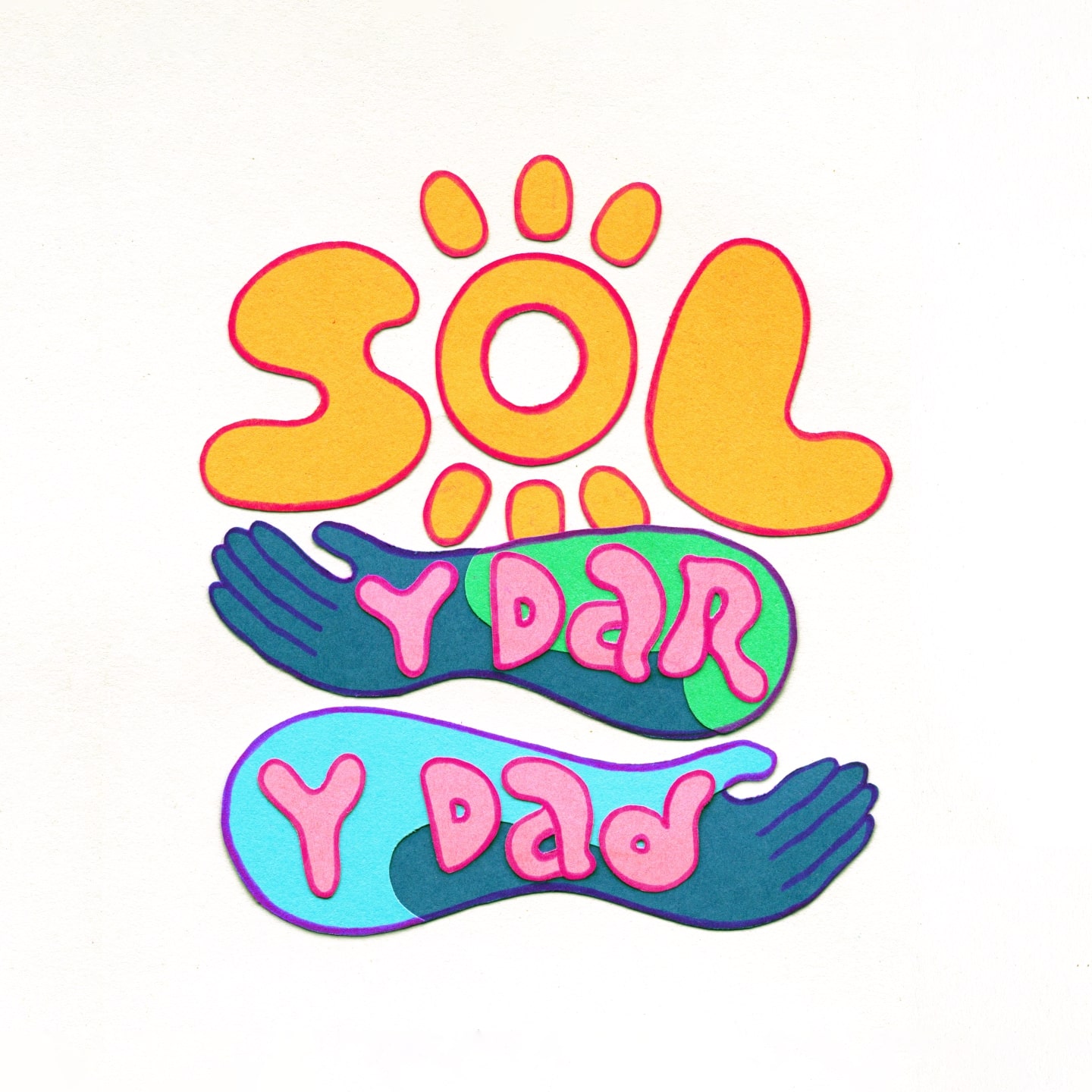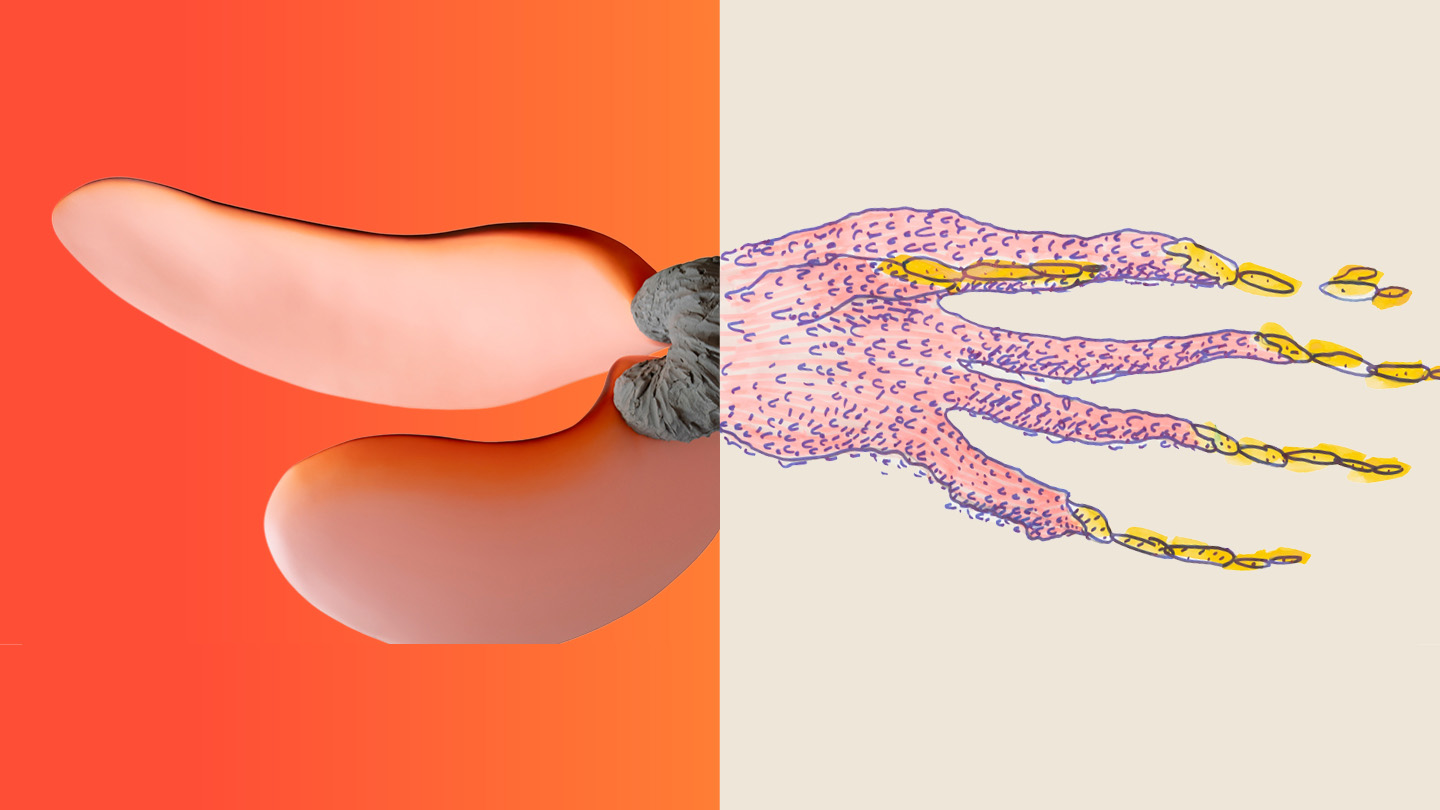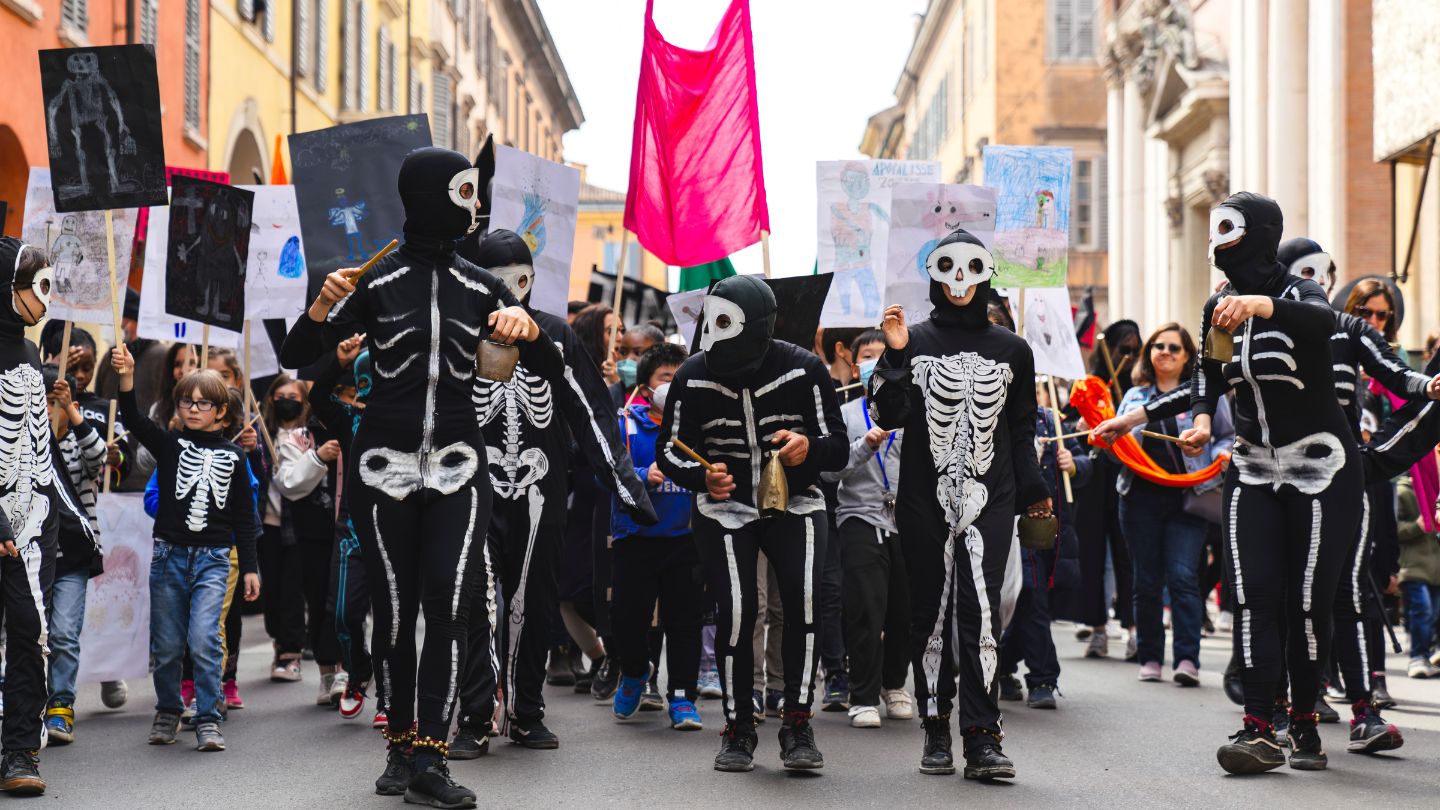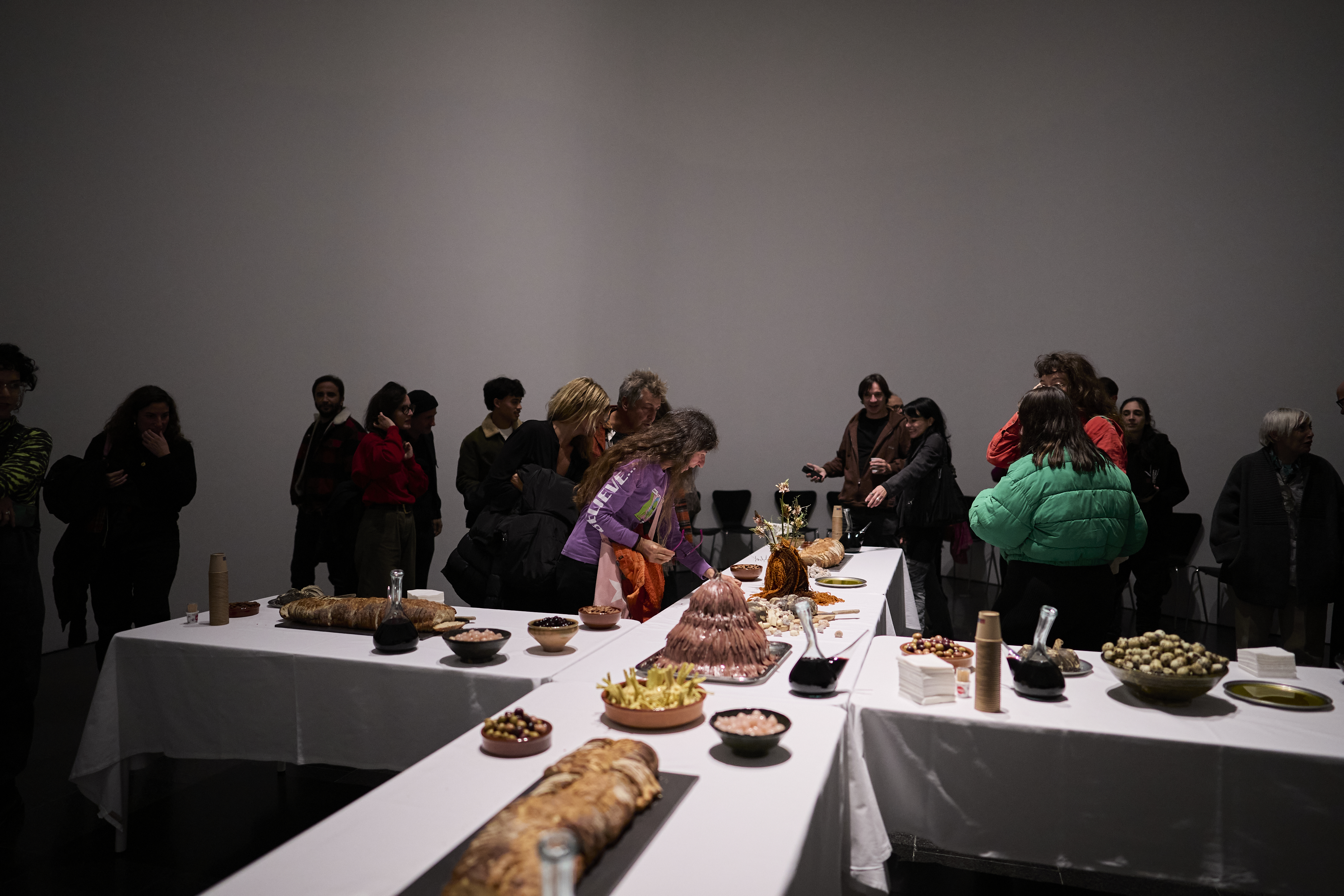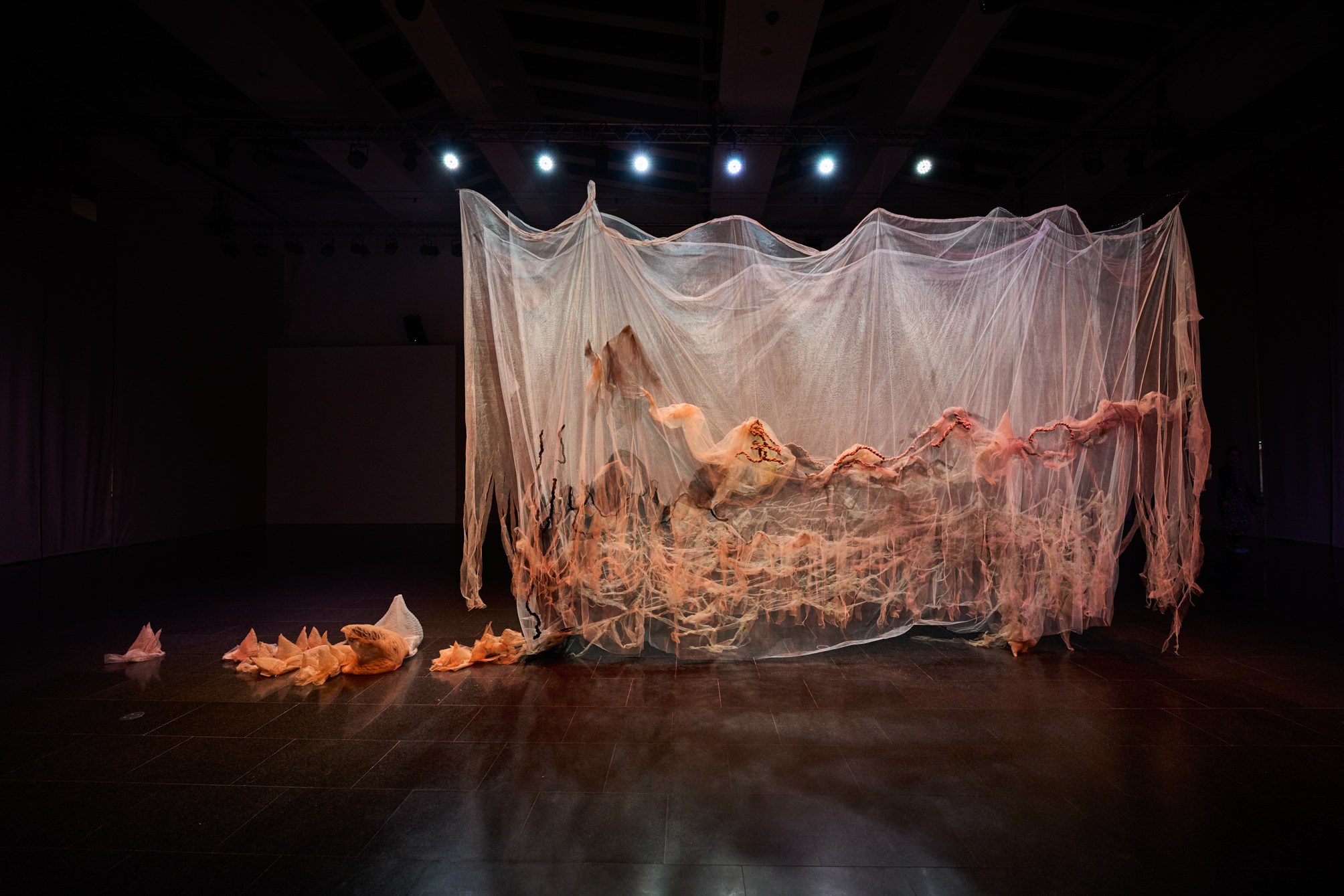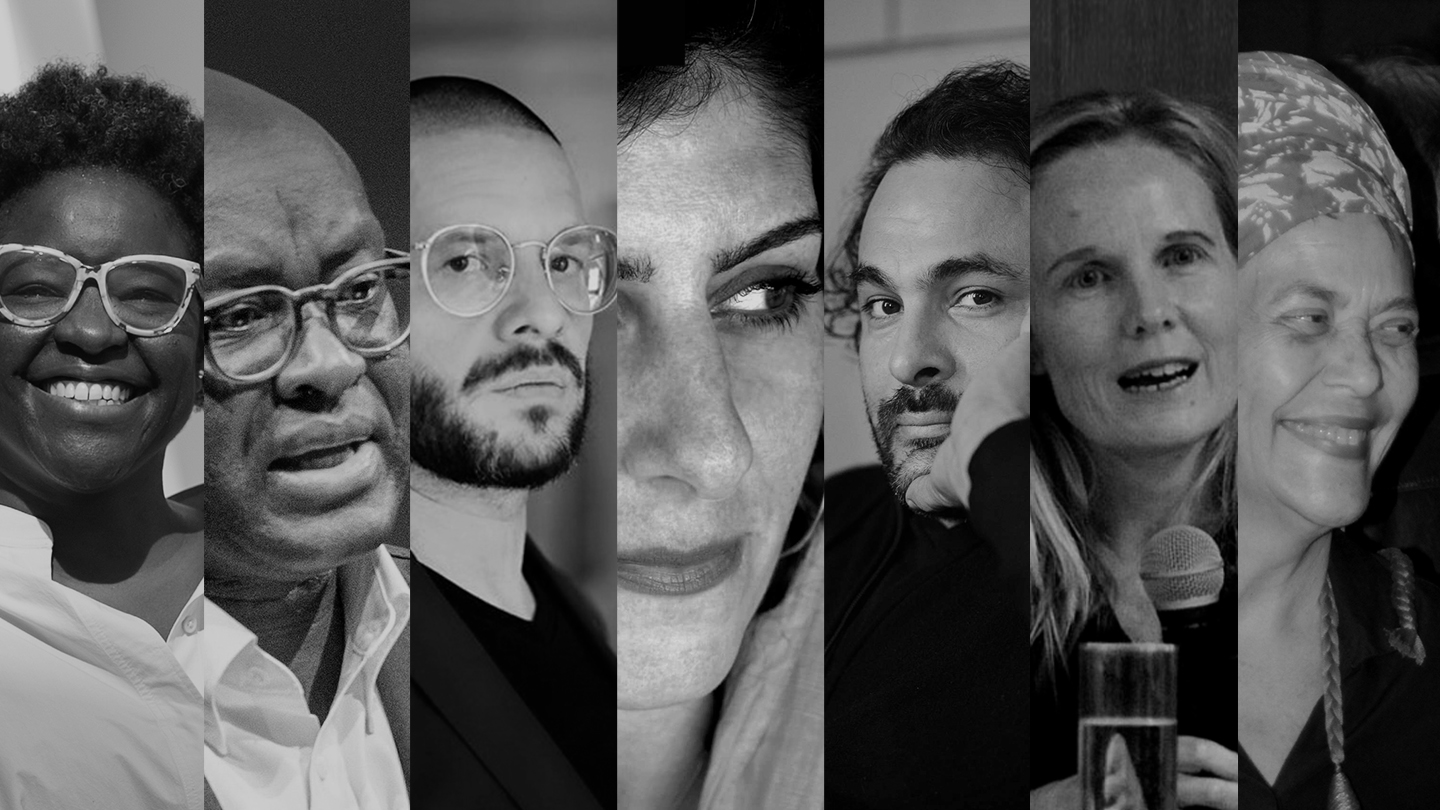Motor of Modernity. Grup R. Architecture, Art and Design
5 February–24 June 2014
Museu d’Art Contemporani de Barcelona
Plaça dels Àngels, 1
08001 Barcelona
Hours: Monday, Wednesday–Friday 11am–7:30pm,
Saturdays 10am–9pm, Sundays and public holidays 10am–3pm
www.macba.cat
@MACBA_Barcelona #grupR
The exhibition Motor of Modernity. Grup R. Architecture, Art and Design analyses the impact and shock generated in Barcelona by the presence of Grup R when they became a catalyst in both Catalan architecture and aesthetic culture for the recovery of a lost modernity in the years after the Civil War. The group countered the official styles with other resources, and astutely assimilated European architectural trends. But when they reached it, the consensus represented by the CIAM (International Congress of Modern Architecture), directed by Le Corbusier, was already out of favour for the young architects of Team X, whom Grup R saw as models. Individualism became the norm in Europe and as a consequence the group disbanded in 1961.
Architects, organisers of exhibitions and lectures, the members of Grup R achieved a synthesis between architecture, art and design in the dark decades of the Franco regime in the postwar years. The group represented a major impetus to ideas of modernity, providing a sensible, coherent and ongoing programme in our country.
The forties in Spain were characterised by the rejection of rationalist architecture, considered ‘red,’ and the search for an ‘Empire’ style, in imitation of the German Third Reich. On the one hand, the capital, Madrid, found a role model in the classicism and historicism of the Escorial and Valle de los Caídos. On the other, the rebuilding of the town of Brunete became an example of the pastiche of the popular and classical that dominated fascist architecture and art.
In Barcelona, the journal AC. Documentos de Actividad Contemporánea, published by the GATEPAC from 1931 to 1937, covered issues such as Mediterranean architecture and its relationship with Europe since the modern movement. Its subscribers included the then students Francesc Mitjans, Josep Maria Sostres and other architects born in the first decades of the twentieth century.
In 1949, for the first time, the National Assembly of Architects was not held in Madrid, but in Barcelona, Palma de Mallorca and Valencia. On this occasion, an exhibition of Ibero-American architecture was organised in Barcelona’s Saló del Tinell, attended by many contemporary architects from Brazil, Dominican Republic, Peru, Uruguay and Chile. The event was an opportunity to approach the problems of contemporary architecture. On visiting the exhibition, the invited architect Gio Ponti discovered the work of José Antonio Coderch and proposed him as curator of the Spanish Pavilion at the 1951 Milan Triennale. This initiated the international contacts that led Coderch to take part in the meetings of Team X, while consecrating him nationally as an architect of reference for the new generations.
The Assembly also provided the first contact for young architects around the figure of Francesc Mitjans. Antoni de Moragas, Antoni Perpinyà, Josep Antoni Balcells, Josep Maria Sostres and Ramon Tort, along with Mitjans, came together to participate in a competition designed to solve the problem of affordable housing in Barcelona, sponsored by the Colegio de Arquitectos. They won the competition and prompted the City Council and other government agencies to put in place, in the fifties, the creation of tower blocks such as those built on the occasion of the 1952 Eucharistic Congress and later the Montbau housing estates.
The competition resulted in the formation in 1951 of the Grup R, consisting of Antoni de Moragas, Josep Maria Sostres, Oriol Bohigas, Josep Maria Martorell, Joaquim Gili and Josep Pratmarsó, together with José Antonio Coderch and Manuel Valls. Later came Manuel Ribas, Josep Antoni Balcells, Francesc Bassó, Guillermo Giráldez, Pau Monguió and Francesc Vayreda.
In parallel with the exhibition programme they organised seminars on economics, sociology and town planning and, more importantly, positioned themselves in the organs of opinion of Catalan architecture, design and culture: the Journal Cuadernos de Arquitectura, the governing body of the Colegio de Arquitectos and the FAD.
Far from conveying the idea of a closed club that embodied modernity, this exhibition shows how Grup R, through the occupation of the centres of opinion and the use of the media, journals and prizes, created a web of influences that would eventually determine the modern style.
Curator: Fernando Marzá
Exhibition co-organised with the Col·legi d’Arquitectes de Catalunya (COAC) and produced by the Museu d’Art Contemporani de Barcelona (MACBA).
Daily guided tours
(included in the admission fee)

